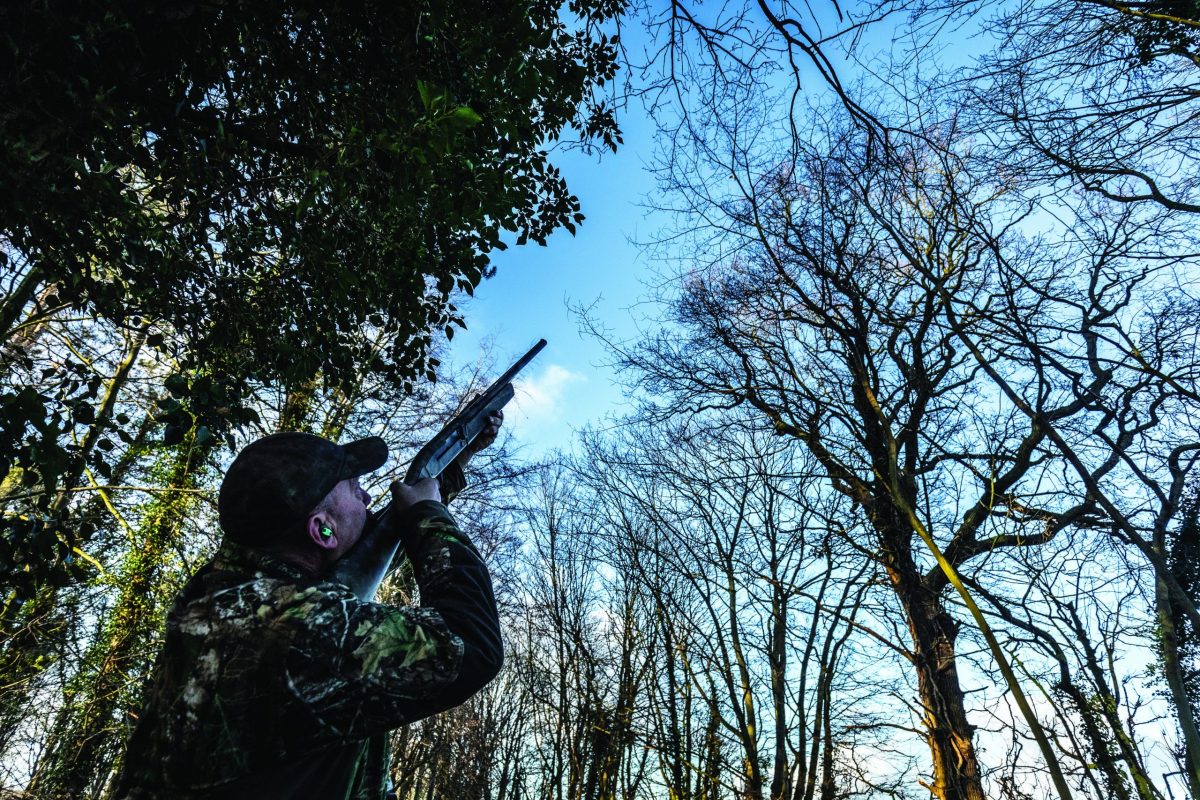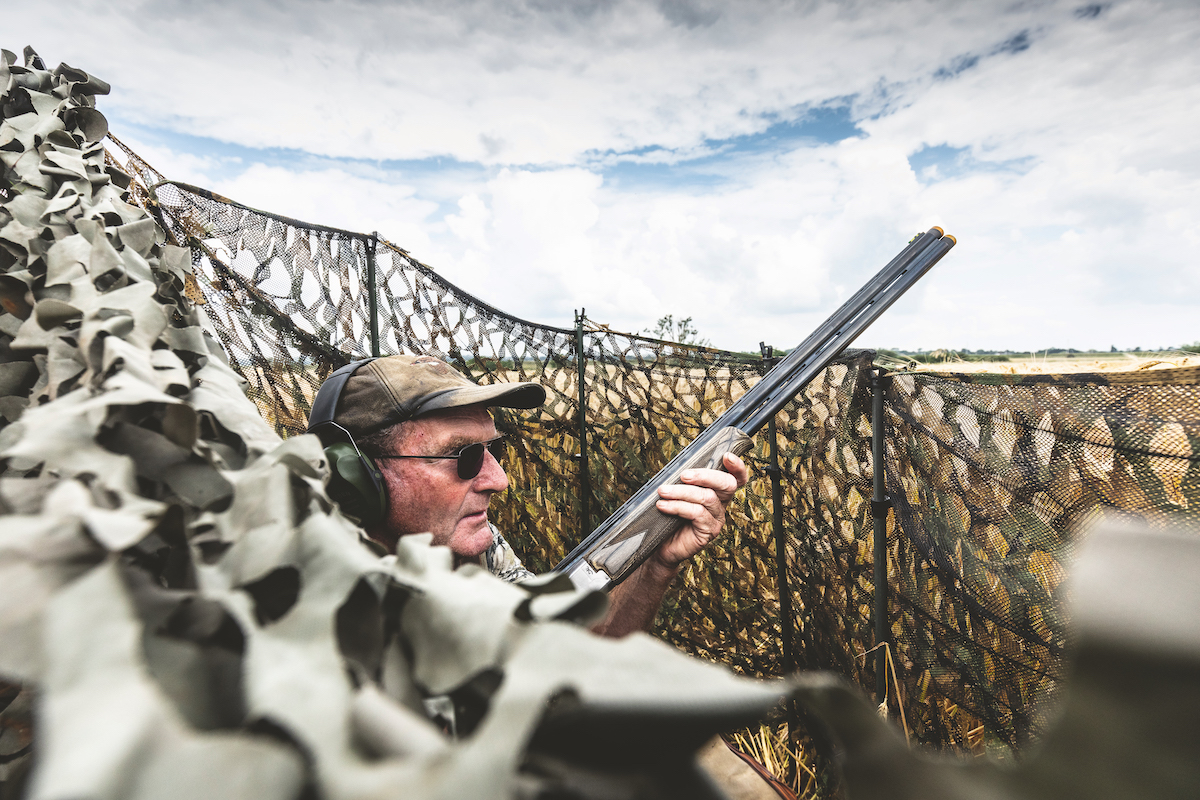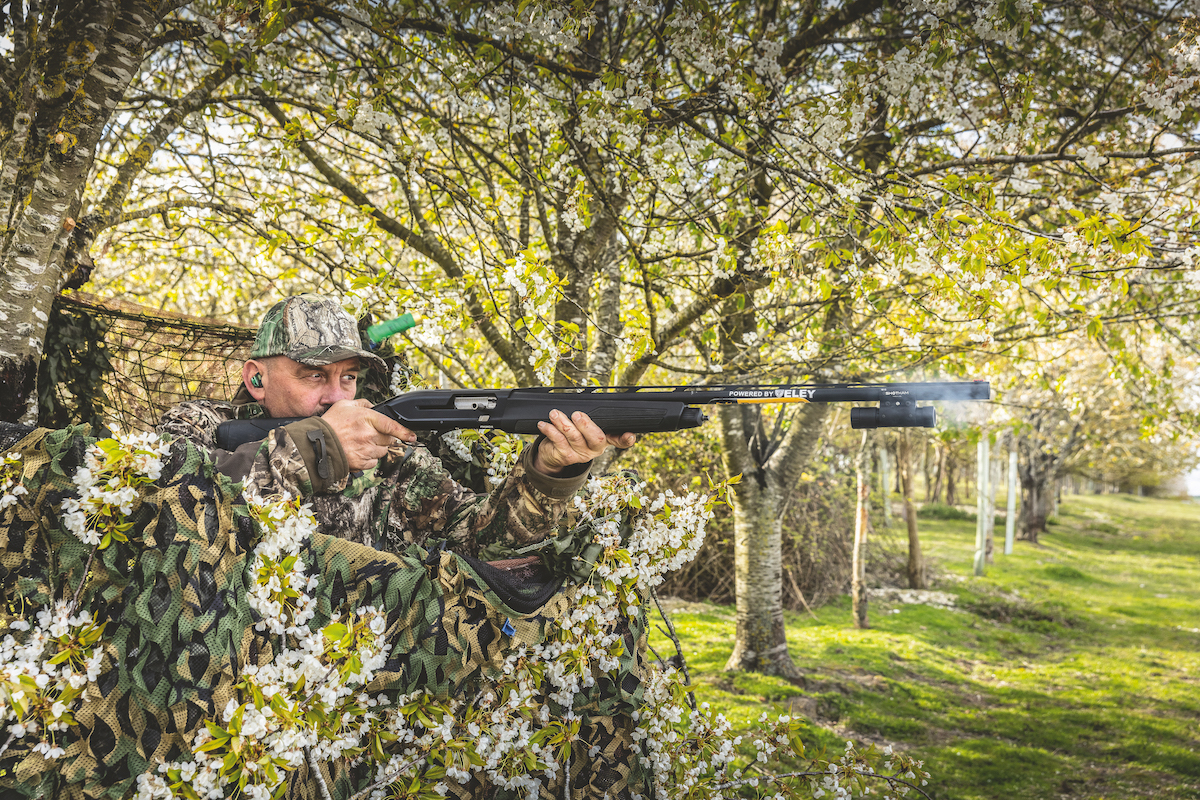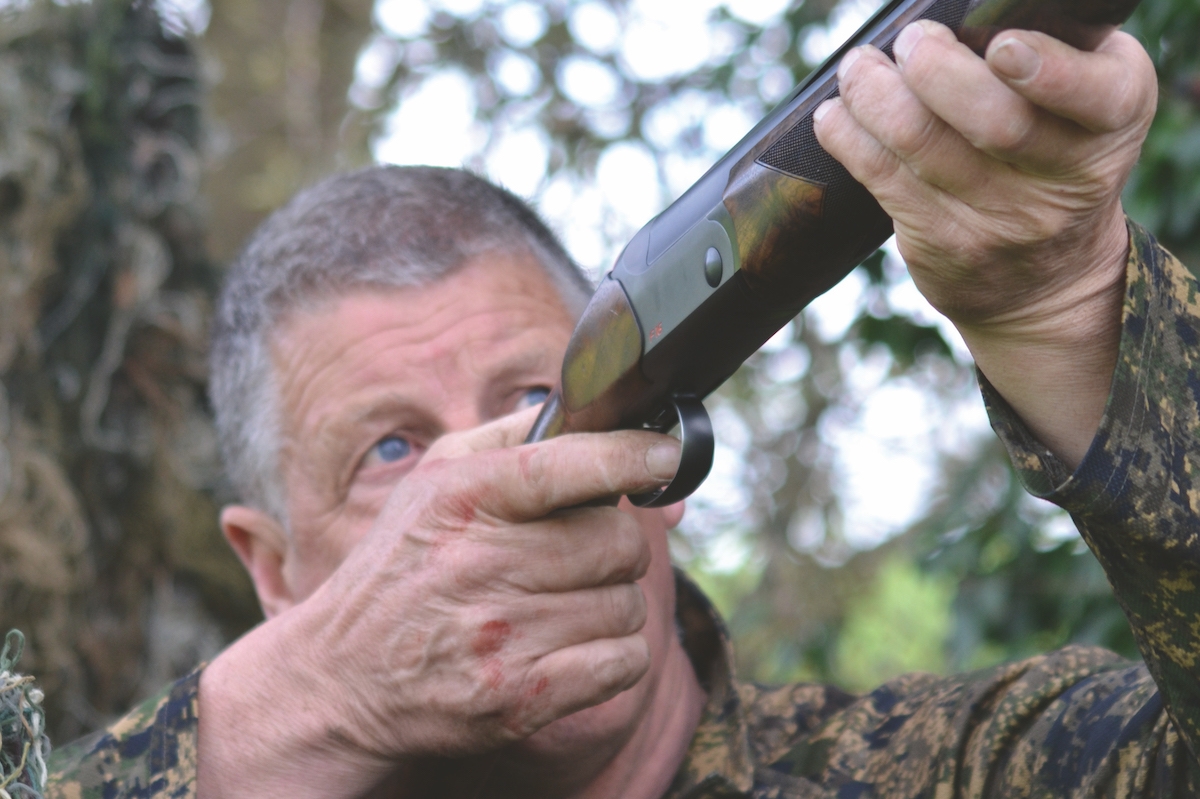How to get the most out of roost shoot
Geoff Garrod on the joys and difficulties that make a trip to the woods at dusk for a roost shoot such good sport

Another game shooting season is over, and for many this is the start of their pigeon shooting season. At last we’re able to have unfettered access to the roosting woods without the fear of disturbing any gamebirds. Keepers will have caught up their hen birds and the pressure is off. On the estate, we follow the tradition of the roost shoot every Saturday throughout February.
A roost shoot is not only great sport for me and the many people who help me throughout the year with the game shoot, but it also helps to control the number of pigeons that are feeding throughout the day on the rape around the farm. The only rules that we have during the shoot are that Guns must pick up their cartridges and that they’re out of the wood before it’s fully dark.
Challenge
Roost shooting is allowed under the general licence to protect crops – even though the birds are not being caught in the act of damaging the crops. It’s not hard, with a little reconnaissance, to find out where the woodpigeons are feeding in the daytime before roosting. Another big clue is that the birds have bulging bellies full of rape when they return to the wood.

Geoff Garrod on the joys and difficulties that make a trip to the woods at dusk such good sport
The humble woodpigeon is, in my opinion, one of the two best sporting birds we have in this country, and I love the challenge of getting a few in the bag as they come into roost. They’re a very destructive bird around the farm, hence why we shoot them.
Roost shooting is certainly not the easiest way to shoot a pigeon and it can wreak absolute havoc with your shot-to-bird ratio, but you’ll earn every bird you shoot and make some great memories in the process. A windy, cloudy day is best for an evening out in the woods, as the wind will keep the flight of the pigeons lower, but you’ll also have to be ‘on your mettle’.
If you miss your quarry with the first shot, the second shot will be 15 yards further away. One quick flick of the wing, and the change in direction and speed of a pigeon in flight is extraordinary. Only a grouse can compete with its agility.
Go to the wood prepared. I use 32g Eley Pigeon HV No 6 cartridges through a 3/4 choke, and I also make sure that I wear decent camouflage clothing with gloves and a hat. Pigeons have keen eyesight, and any sudden movement will be quickly spotted. Having a dog with you is a real plus too. I take my two dogs to help with picking birds, and I work them as I shoot. Reconnaissance will easily tell you which woods are being used for roosting. Watching with binoculars is the easiest way to find busy woods, but local knowledge can help too. Pigeons always roost in the most sheltered woods, so if you have fir trees or thick ivy in the woods, those areas are likely to be the spots that the birds will head to.
A little time looking around the floor of the wood will also show you where the biggest numbers of birds roost – look for droppings under likely looking trees. Find yourself a comfortable spot, keeping the wind to your back, and ensure that you have enough space to easily swing your gun without knocking into branches. If you can, find a spot where you’ll be able to see birds coming that will hopefully have a hole in the canopy for shooting.
Make sure you watch the bird you intend to shoot, though, and focus past the branches. If you try to time your shot with the gaps in the branches, you’ll usually miss your shot. So make sure to focus on the bird, swing the gun as usual and shoot. Inevitably some shots will hit trees, but you just have to accept that as part of the roost shooting experience.

A windy, cloudy day is best for an evening in the woods – try to find a spot with a hole in the canopy
Circumstances
Manage your expectations – you can’t expect to shoot as many pigeons roosting as you would decoying for a day. You won’t be shooting for as long and there will be fewer opportunities. Instead, comfort yourself with the knowledge that it is one of the best shooting experiences available. A bag of 20 to 30 before dark is a great night, though I do remember one exceptional evening when my bag was considerably fuller.
It was very windy, and I wouldn’t have ventured into the woods if I hadn’t had a gun in hand. The boughs were breaking, the branches creaking and knocking together. I’d been looking for a spot to shoot and happened upon the perfect location. It was a belt of trees with a river behind, and the belt led to the roosting wood. Because of the conditions, the birds were seeking shelter in the lee of the wind before flying over the belt of trees to get to the wood. This was where I placed myself to ambush the birds.
It was half a roost shoot and half a flightline shoot, but it worked well that night. I didn’t get much notice for each shot when the pigeons lifted and appeared over the treetops, but the flightline was narrow and every bird heading for the wood behind me came over where I was standing. I hardly got a chance to reload between opportunities, and the weather helped to mask the report of my gun.
It was non-stop action for an hour and a half, and in the end I picked up 81 birds with help from my dogs – hard work, as I hadn’t brought anything to carry that many birds in, but I managed to get them all to my truck. It’s a record bag I’ll never match again. That’s the joy of this sport – you never know what to expect. Sometimes you’ll be disappointed but I wasn’t that night, and I’ll remember the experience for a long time to come.








